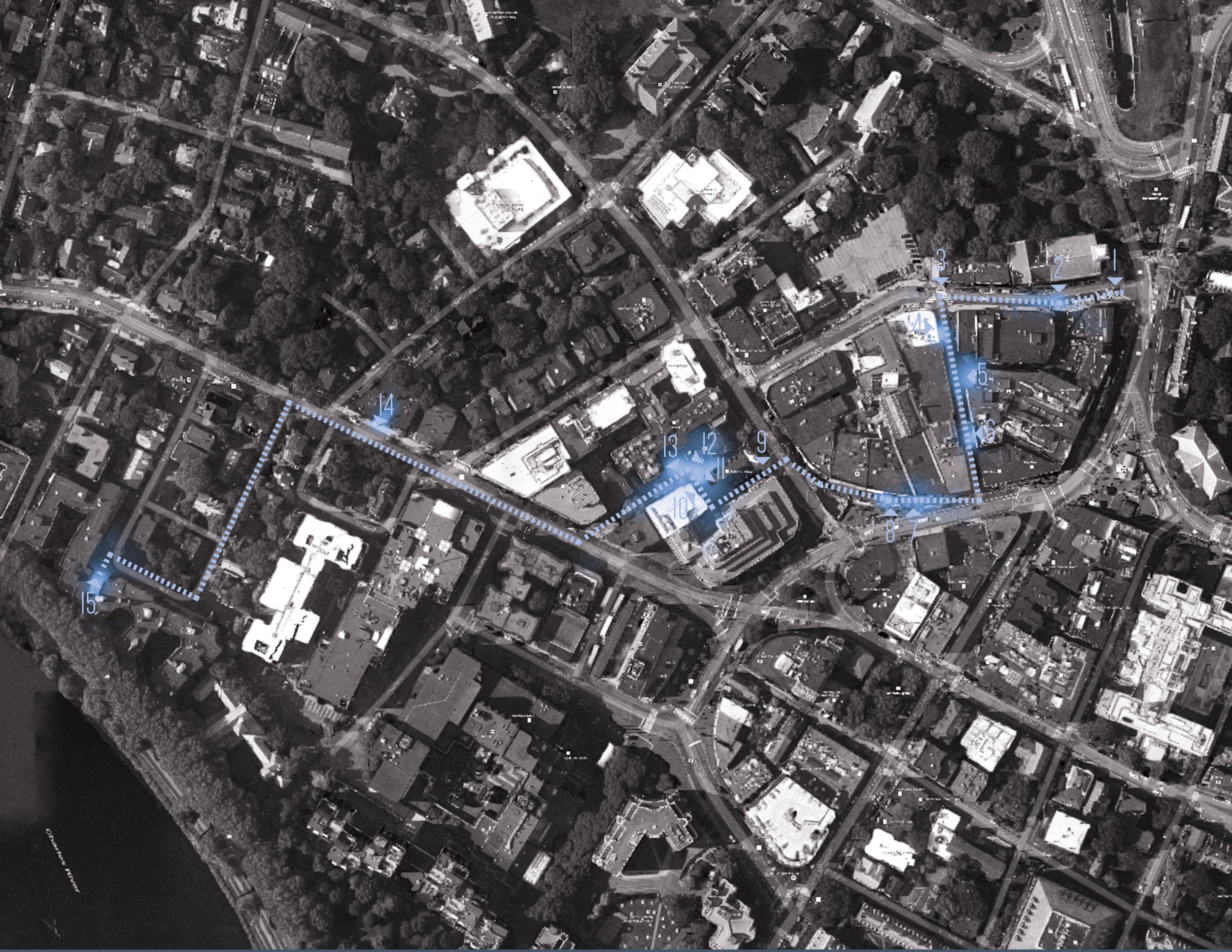
HARVARD GSD
Architectural researchCapturing environmental context and measuring the invisible
These projects delve into the research side of architectural practice, where understanding context and new innovations elevate the lived experience of a city, building, or space. The following projects examine different facets of architectural research, with varying focuses such as subjective data collection and new sustainability innovations.
Bergamo eMotion
Bergamo eMotion was an initiative to quantify subjective data about mobility in the city of Bergamo, Italy. We collected the perceptions of the citizens as they traveled on transportation systems. The app designed acted as a research tool, used by professors and students of the University of Bergamo to collect data about mobility around the city. The tool utilized passive collection of environmental and location data from smartphone sensors, and emotive data collected from participants at specific moments. 
The “REAL Cities | Bergamo 2035” research and teaching initiative was part of a multi-tier, multi-year academic collaboration between the Graduate School of Design (GSD) at Harvard University, USA, and the University of Bergamo (UNIBG), Italy. Team: Allen Sayegh, Stefano Andreani, Natasha Polozenko and Stefan Stanojevic - Harvard Graduate School of Design, REAL Lab + University of Bergamo






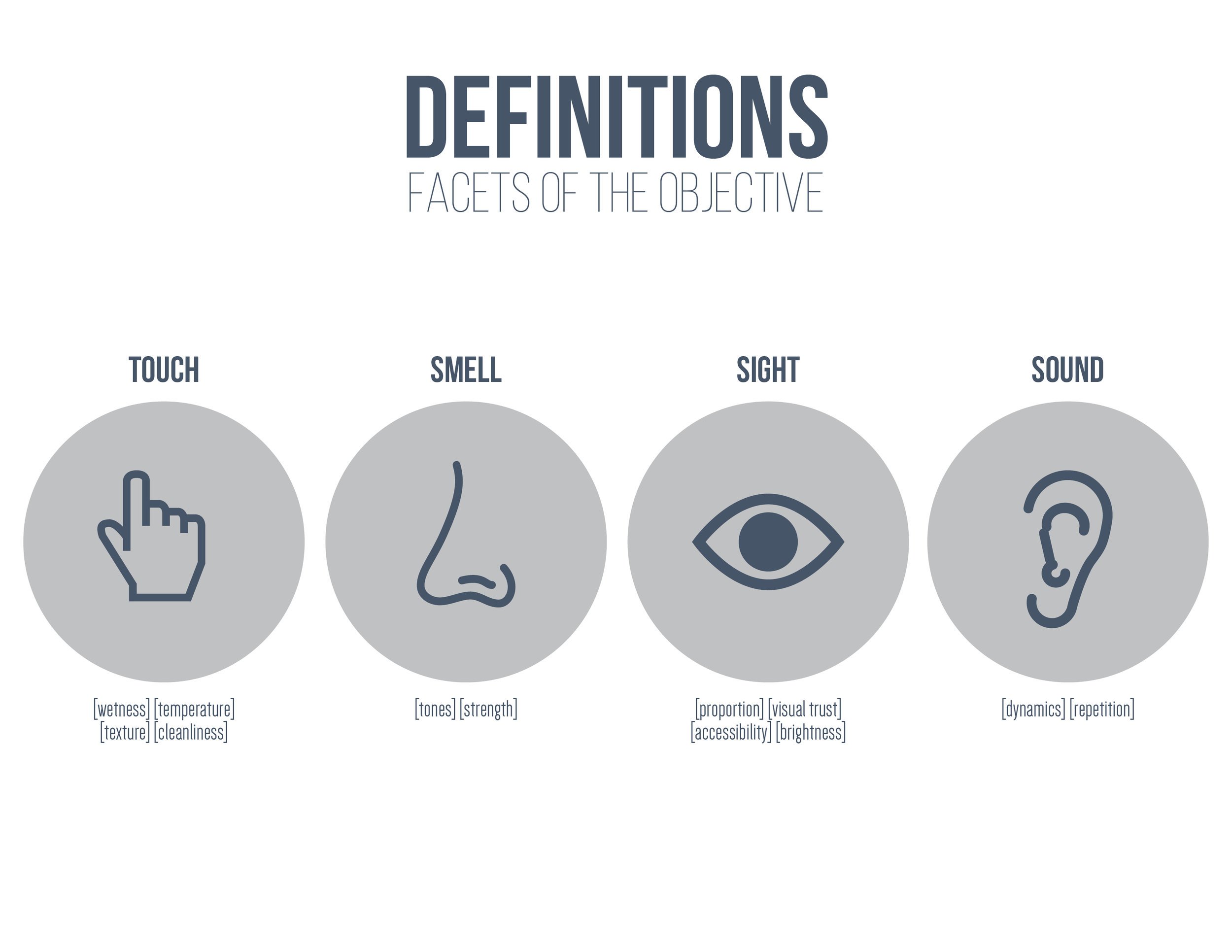





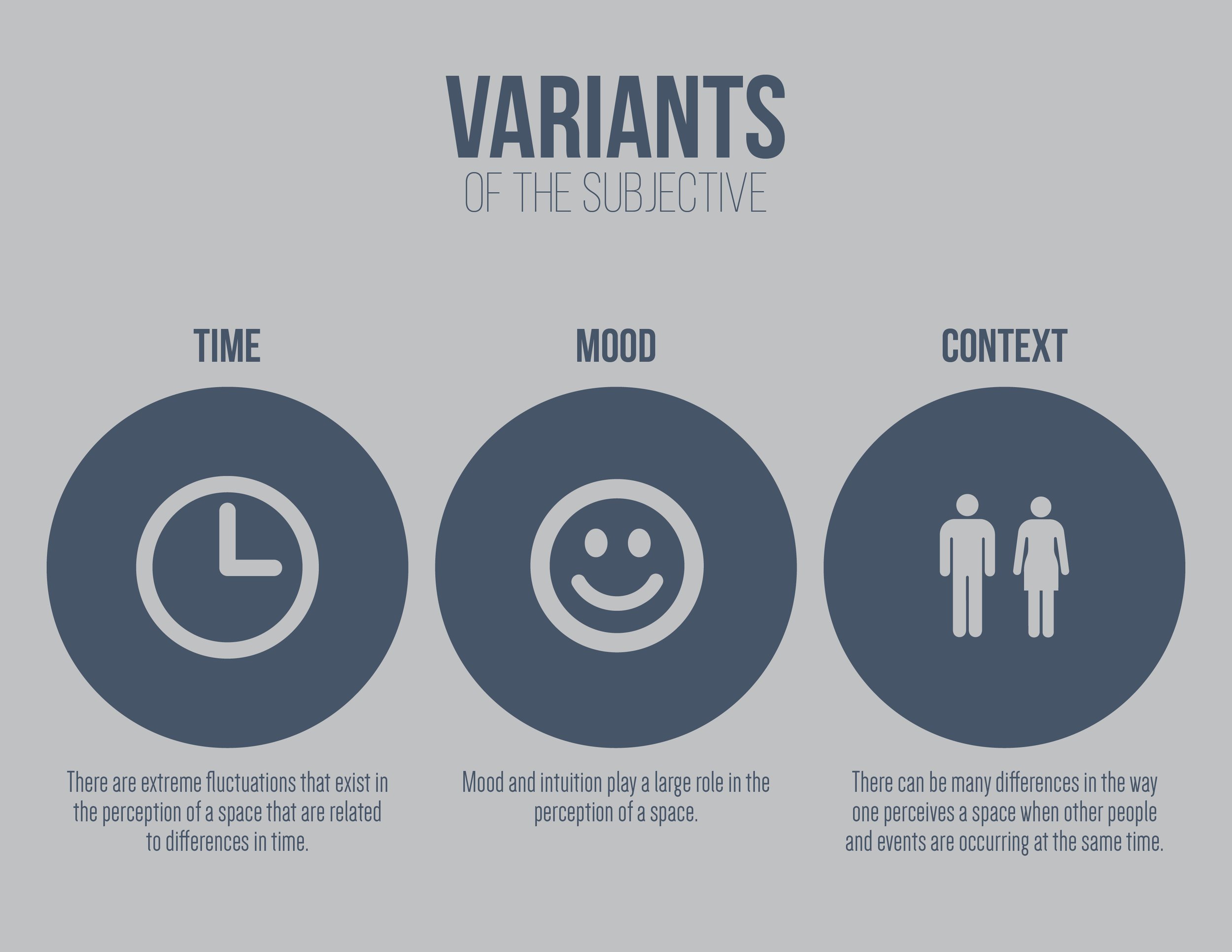


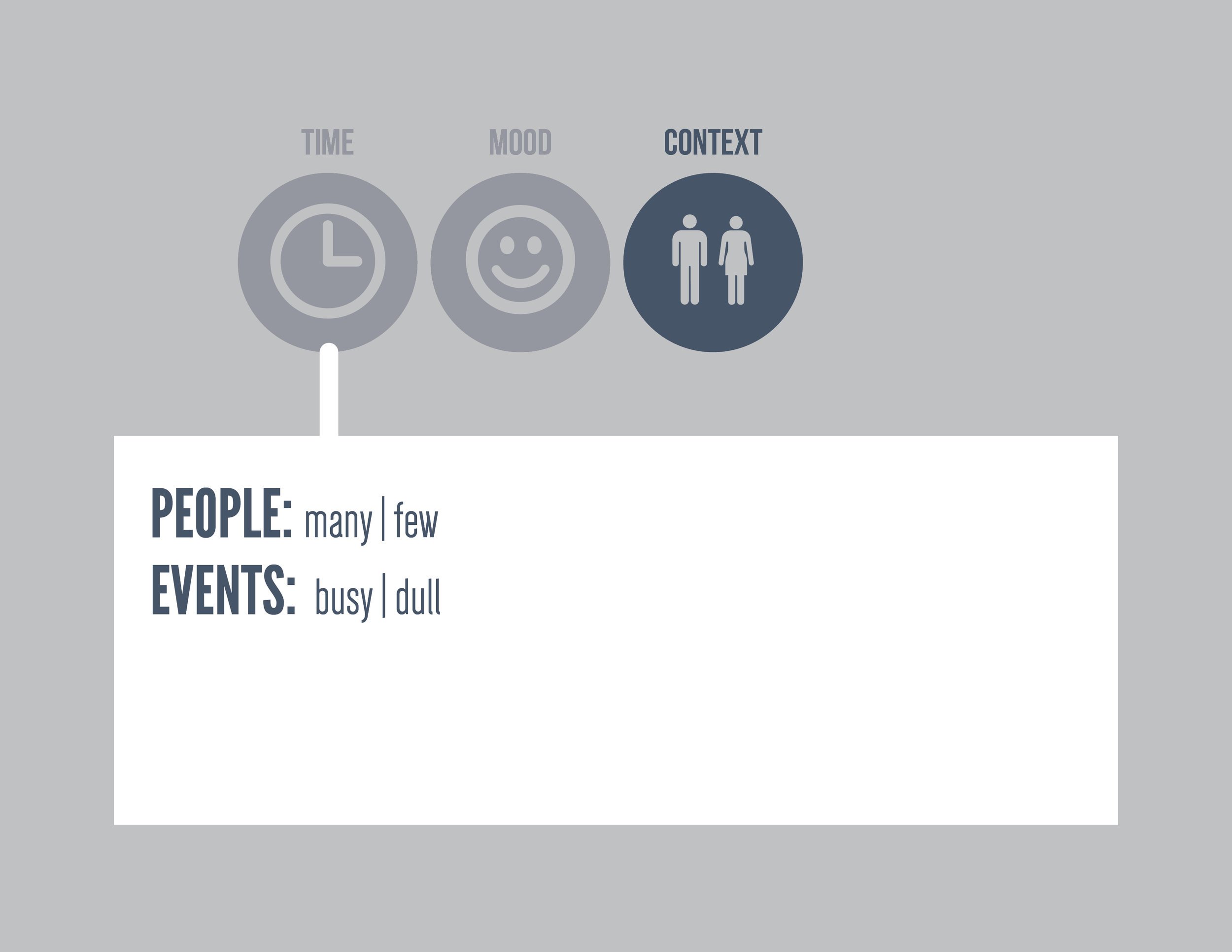



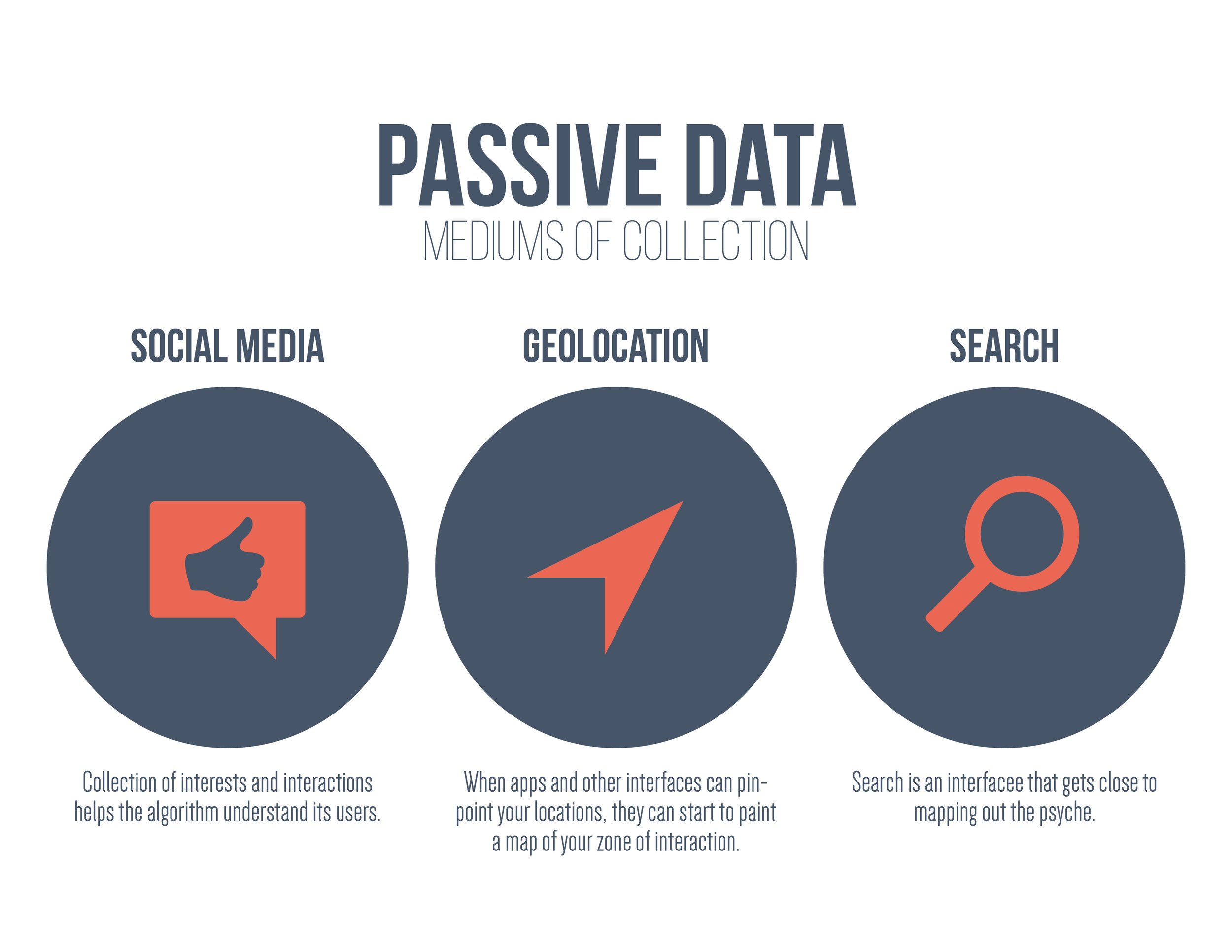


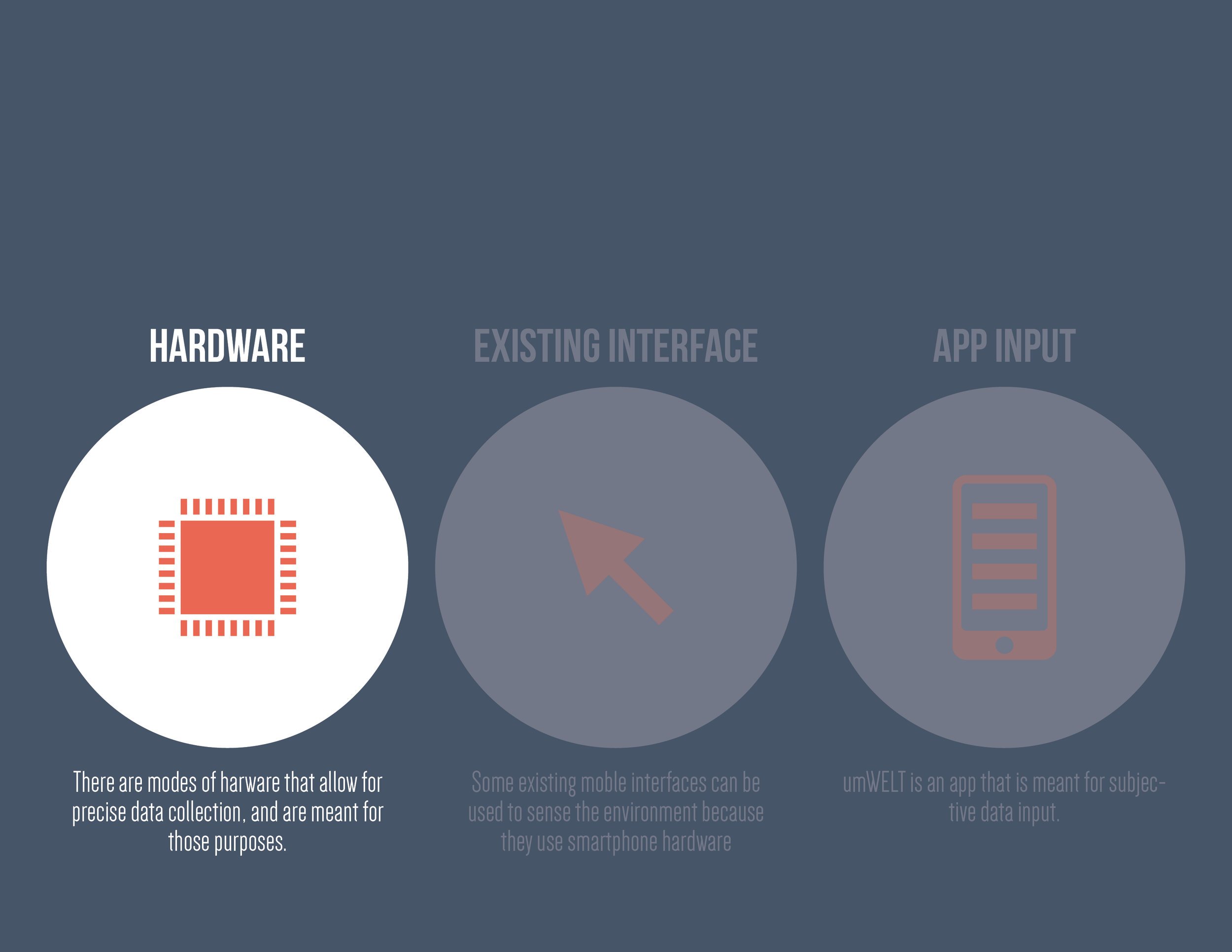






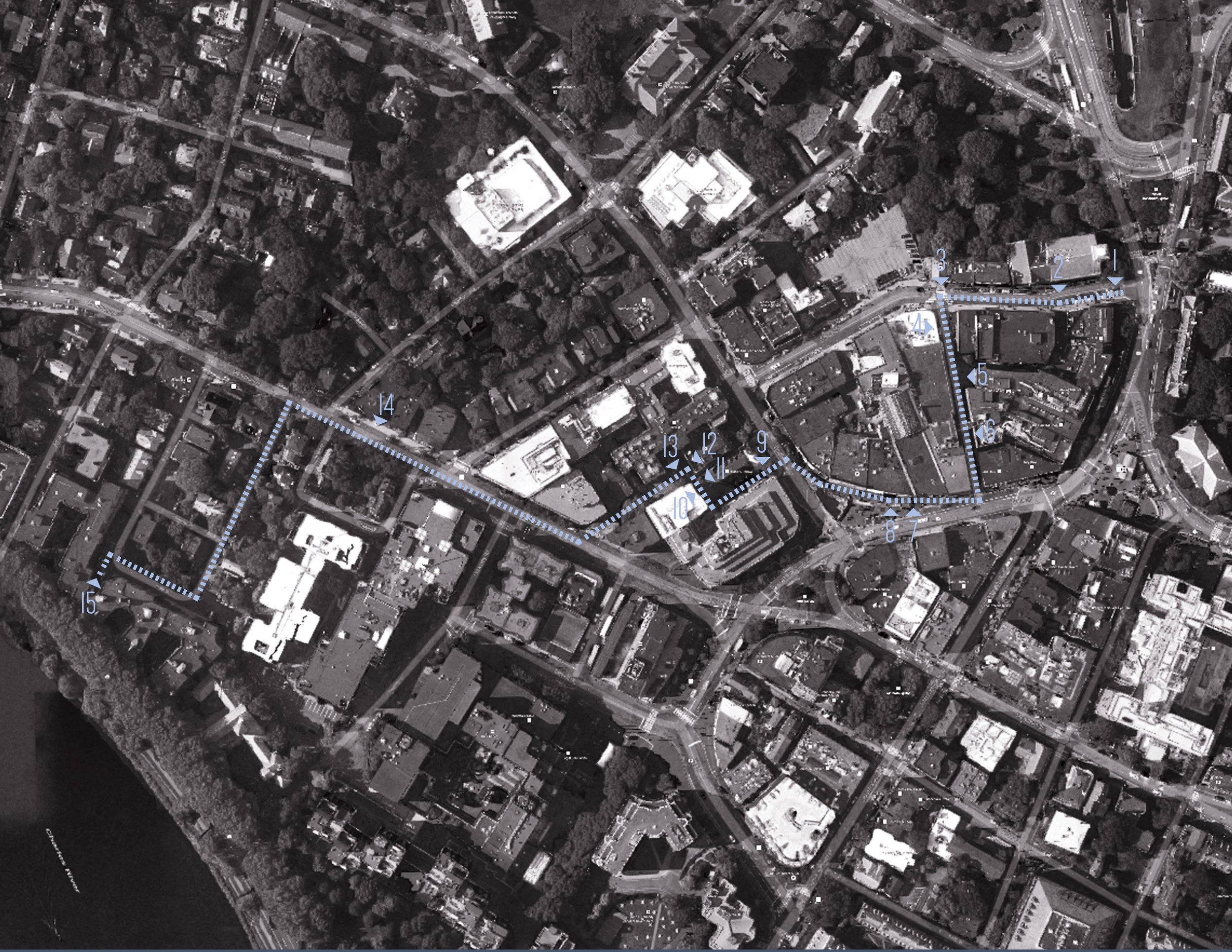











Crowdsourcing perception
Traditional methods of data collection often overlook the complexities and variables that influence individual perceptions of the built environment. By measuring qualitative subjective data alongside objective data extracted from sensors, we can achieve a more nuanced understanding of everyday spatial interactions. This approach allows for a deeper insight into how people experience and perceive their environments, enabling cities to adapt to more nuanced contexts. 
Team: Natasha Polozenko and Stefan Stanojevic - Harvard Graduate School of Design "Genome of the Built Environment" - Professors: Allen Sayegh + Stefano Andreani. Check out our Paper in Springer for more information.































BKSK Lab: Green Sheets
Architects should move beyond ephemeral practices and become aware of architectural longevity. If buildings are allowed to adapt to changing times, rather than relying heavily on rapidly obsoleting representations, the trajectory of spatial longevity can be preserved. The Green Sheets are a series of informational snapshots about specific sustainable technologies designed to inform clients and contractors. By making sustainable practices more transparent, we facilitate their application and integration into architectural design. 
Team: Jennifer Preston - BKSK Architects



